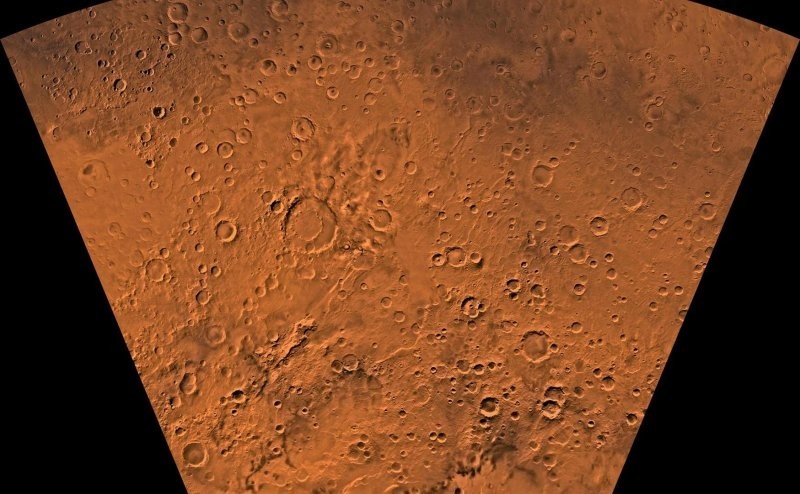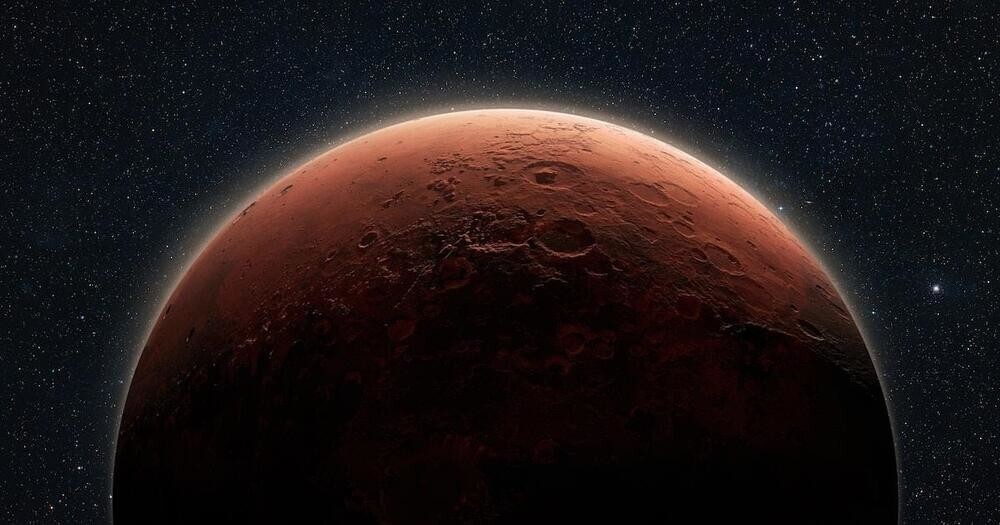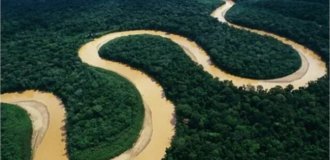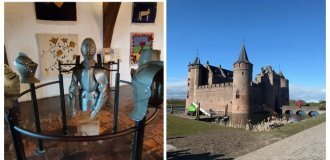Scientists are one step closer to discovering life on Mars (4 photos)
Researchers have long been struggling with the mystery of whether life existed in the distant past on Mars. In the Eridania region, signs of volcanoes and an ancient lake about 1.5 km deep have been discovered. This evidence of volcanic and tectonic activity that raged 4 billion years ago lifts the veil of secrecy.
Eridania in the planet's southern hemisphere is a site of ancient volcanic activity 
Over the past thirty years, space agencies have confirmed the past existence of water on the Martian surface, and have also found evidence that the Red Planet was habitable. New evidence of intense tectonic and volcanic activity points in the direction of the search for possible evidence of ancient life.
Eridania in the planet's southern hemisphere is a site of ancient volcanic activity 
“The large basins in this region once contained a system of lakes known as paleolake Eridania, which reached a depth of almost one and a half kilometers,” says Aster Cowart, a planetary geologist at the Institute of Planetary Sciences. “Volcanic vents were capable of feeding hydrothermal systems, where life".
Half of Mars' surface is over 3.5 billion years old, suggesting that the planet's violent tectonic and volcanic activity is a thing of the distant past.
The researchers who made the new discovery collected data from the Mars Global Surveyor, Odyssey and Reconnaissance Orbiter spacecraft to study the morphology and mineralogy of the region.
Half of Mars' surface is over 3.5 billion years old 
"Eridania has attracted particular attention from scientists. Gamma-ray spectroscopy shows that it is a region of crust with a special composition. It is generally less dense and thicker than the rest of the Martian crust, and is very magnetized," explains Cowart.
63 examples of volcanic activity were identified among four different types of volcanoes: volcanic domes, stratovolcanoes, pyroclastic shields and caldera complexes.
The Red Planet was once dotted with active volcanoes 
Before plate tectonics appeared on Earth, the outer layer was uniform. But over time, water began to penetrate into the deeper layers of the crust, which led to a change in the mineral composition and compaction.
The lower part of the crust began to sink into the mantle - a process called "sagduction". As a result, buoyant magma was formed, which caused some areas of the earth's crust to rise.
This is how a landscape appeared with hills and mountain ranges, lowlands and basins.
"That's what we're seeing in the Eridania region," Cowart says. "It's very interesting to see a landscape that was largely shaped by pre-plate tectonic processes. Much of what we know about these processes on Earth comes from either weathered ancient rocks or where they are influenced by plate tectonic dynamics."
Because Mars has geological features reminiscent of early Earth, there is an opportunity to study an unknown chapter in our planet's history.






























